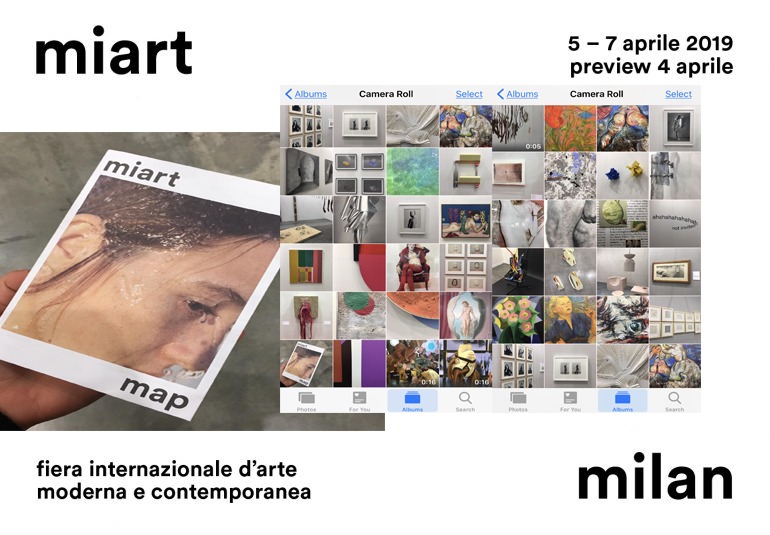Art fairs can sometimes seem like epicenters of frivolity; people flocking to pay large entrance fees to gawk at artworks they could never afford from artists they do not know, as gallery owners and professionals look at them from afar with barely concealed contempt. And while it is true that, in Miart, you will encounter many gallerists lounging in a comfortable armchair, glass of champagne in hand, toasting and whispering secrets us mere mortals could only wish to know, it is a much more inclusive art fair than most. Besides the bottles of S. Pellegrino and the Gucci loafers.
The fair’s full ticket price is 12€, while 10€ is the reduced fee, and the symbolic price of 1 euro is asked of the students of art academies and children. Far from the 86 dollars that Frieze: New York charges its visitors or the 65 francs that Art Basel requests.
Aside from the monetary aspect, some strides were also made in order to breach the educational and knowledge gaps of a less informed public: Fidenza Village, the luxury outlet mall, teamed up with the fair for the third consecutive year to offer "miarteducational", a mediation service in the form of free guided tours for visitors of the fair. The tour allowed for more insight into the “Generations” and “Decades” sections of the fair as there was a guide that spoke both english and italian which, despite its limited nature, gave visitors a better explanation of the fair’s layout and orientation. This year’s edition also saw the return of the collaboration with In Between Art Film, a company founded in 2012 to support the production and artistic exchange between the different mediums of the moving image. During the three days various international artists, curators, collectors, and museum directors participated in panels and conversations with "The Common Good" as the central theme. The talks were free and open to the public, questions were welcomed, and you could even leave with a brand new tote bag to flaunt around.
Overall the experience still felt a little daunting, if I may speak for those who are not extremely well versed in the Italian contemporary art world. An art fair is quite different than and a museum, so perhaps a catalogue could have been made available beforehand on the fair’s website to provide some guidance and information on the galleries and artists. However it is still an experience that left me with the desire to become more informed, especially beyond the fair itself, which was (surprisingly) almost entirely composed of female artists, and the common sense to wear more suitable shoes next time.

